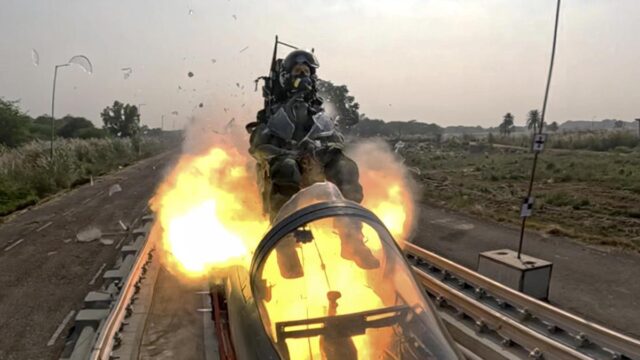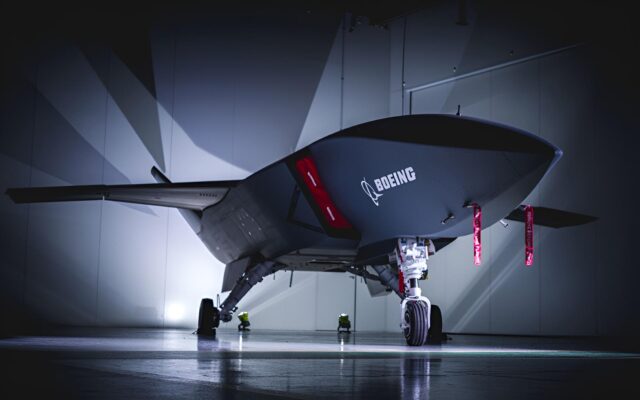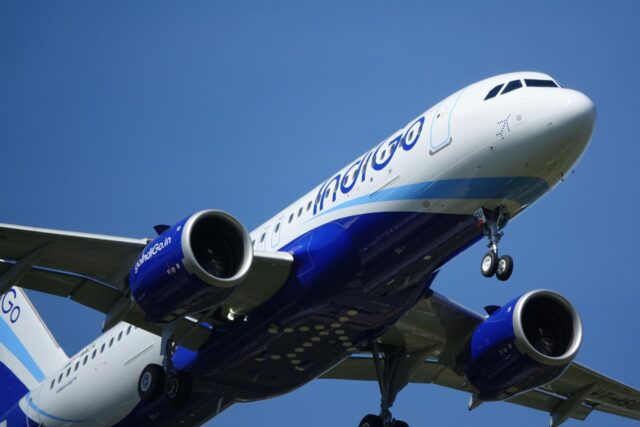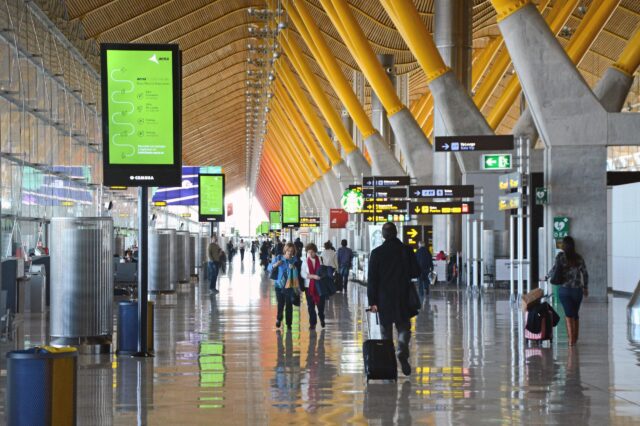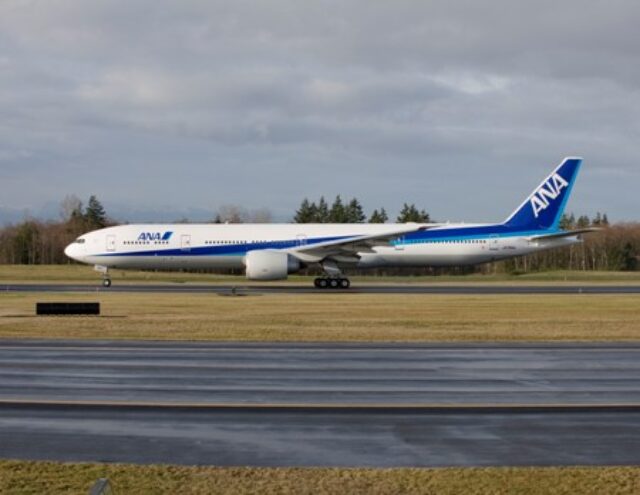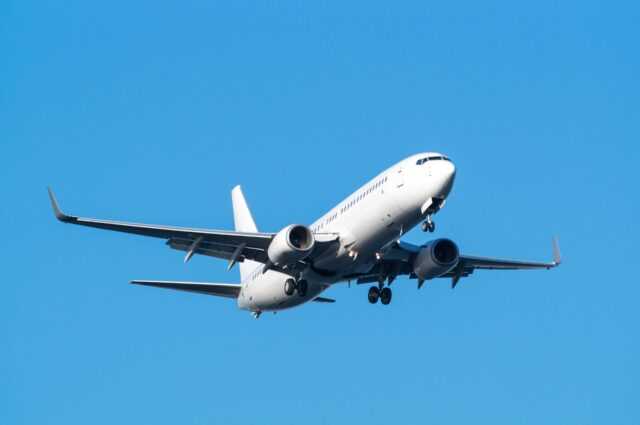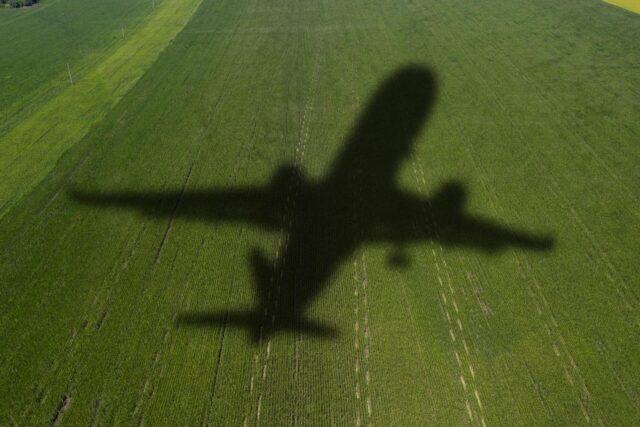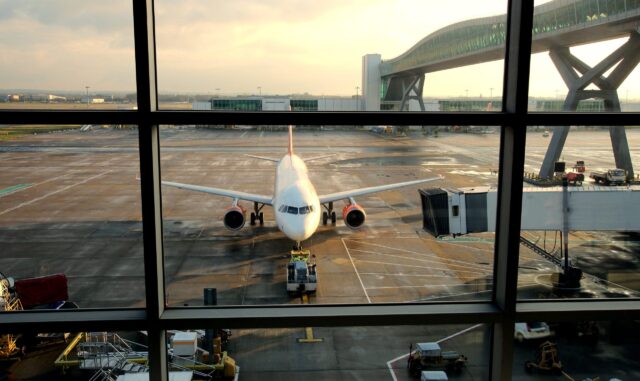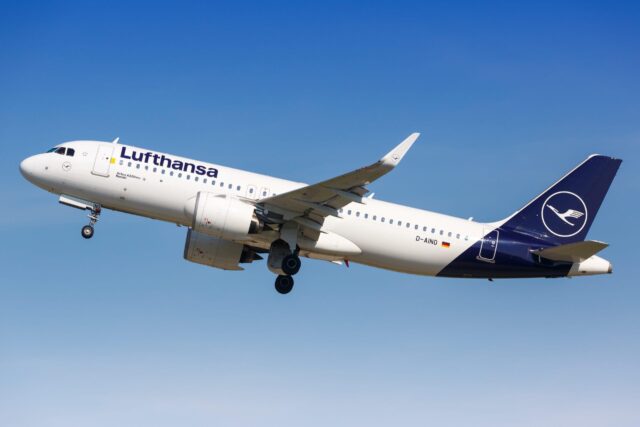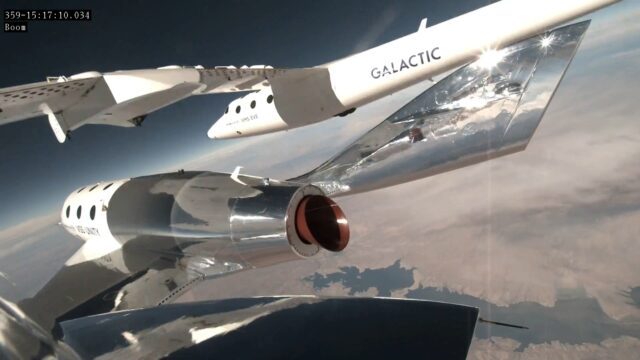Redesign of the Eurocontrol MUAC to boost efficiency for one of Europe’s busiest airspaces
The implementation of a major airspace restructure of the Eurocontrol Maastricht Upper Area Control Centre (MUAC) is set to transform the airspace above the Netherlands and north-west Germany.…

The implementation of a major airspace restructure of the Eurocontrol Maastricht Upper Area Control Centre (MUAC) is set to transform the airspace above the Netherlands and north-west Germany.
Designed to improve operational efficiency for both civil and military airspace users in what Eurocontrol describes as one of Europe’s busiest and most complex airspaces, the redesigned area covers the upper airspace (from 24,500 to 66,000 feet) over Beligum, the Netherlands, Luxembourg and north-west Germany.
Peggy Devestel, director of Eurocontrol MUAC – the first multinational, cross-border, civil-military air navigation service provider (ANSP) – emphasised, “the new design will cater to the future requirements of all airspace users including our military partners in terms of training areas as well as our civil customers with growing flight schedules.”
A key element of the redesigned airspace is a new dual-route structure along adjusted military training area boundaries, separating opposite traffic flows. This enables more efficient climb and descent profiles, reducing fuel burn even during training operations. The redesign also maximises the Flexible Use of Airspace (FUA) concept, enabling multiple smaller sections rather than one large area to be activated temporarily based on daily requirements.
Led by Eurocontrol, the milestone project was realised through a multi-agency initiative, together with Air Traffic Control the Netherlands (LVNL), DFS Deutsche Flugsicherung, the German Air Force and the Royal Netherlands Air Force, as well as neighbouring ANSPs and military partners.
“Together, we have succeeded in realising a design that accommodates the modernisation of military airspace in Germany,” highlighted Maartje van der Helm, general manager performance and development at LVNL. “At the same time, it improves the overall efficiency of the civil route network in the north-west European airspace reducing fuel consumption and emissions. Furthermore, the changes in the route network in the Netherlands will limit the impact of the military exercises on civil traffic flows.”
Helm was joined by Colonel Mario Herzer, branch head flight operations of the German Air Force, who said the restructure and procedures allow for closer collaboration between the German Air Force and the Royal Netherlands Air Force in cross border operations. “This milestone serves as the perfect example of civil-military cooperation in a core area of Europe,” he said. “The infrastructure provides larger and modular military training areas, which enhance effectiveness of military training missions by applying techniques, tactics and procedures suited to state-of-the-art military aircraft, especially of the new F35 fleets of both countries.”
The airspace project aligns with one of DFS Deutsche Flugsicherung’s largest airspace reorganisations, aimed at improving traffic flow over northern Germany, specifically Bremen ACC’s western airspace over the North Sea, as well as Schleswig-Holstein, Lower Saxony, Bremen, Hamburg and Hannover. The aim is to reduce complexity, optimise interfaces and expand capacity for both military and civil operations.
Image credit – Eurocontrol: Created for illustrative purposes – shows the airspace restructure above the Netherlands and north-west Germany, highlighting the dual-route structure along re-shaped military training areas (shaded in red).

